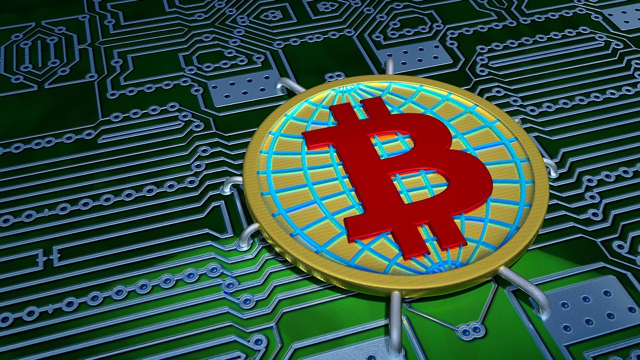Are Cryptocurrencies Next Big Bust or Revolution in Finance?
September 19, 2017
Jackson Palmer and his once-wildly successful cryptocurrency Dogecoin are a cautionary tale for those bedazzled by Bitcoin. Palmer was an early enthusiast of cryptocurrency, but sought a way to mock the hype around investing huge sums of money in it. He created his own cryptocurrency, Dogecoin, based on an Internet meme of a Shiba Inu dog. Instead of getting the joke, investors brought Dogecoin’s market value to $400 million, before scammers and hackers brought it down, selling fake products and defrauding investors.
According to The New York Times, Palmer believes more than ever that cryptocurrencies are in trouble. “What’s happening to crypto now is what happened to Dogecoin,” he said. “I’m worried that this time, it’s on a much grander scale.”
In fact, after the Chinese government cracked down on cryptocurrencies, Bitcoin’s value fell 30 percent before partially recovering; Dogecoin’s value fell more than 50 percent. But, notes NYT, “there remains no bigger mania among tech investors than cryptocurrency,” which explains why the price of Bitcoin has “more than tripled this year” and Ethereum “has gained more than 2,300 percent.”
Cryptocurrencies have created crypto-millionaires, “spawned hundreds of other digital currencies, called altcoins,” and “given rise to an entire category of startups that take advantage of cryptocurrency’s public ledger system, known as the blockchain.” Startups raise money through ICO (initial coin offerings), in which investors get tokens in exchange for cryptocurrency investment.
ICOs are “largely unregulated in the United States, although that could soon change,” because the Securities and Exchange Commission warned that, “fraudsters often try to use the lure of new and emerging technologies to convince potential victims to invest their money in scams.”
JPMorgan Chase chief executive Jamie Dimon has also “sounded the alarm about a potential crash in the crypto market,” comparing Bitcoin to the 17th century Dutch tulip bubble. “The bigger this bubble goes, the bigger negative connotation it’s going to have,” Palmer said. “It’s going to be like the dot-com bust, but on a much more epic scale.”
Bloomberg reports that the Bank for International Settlements says, “the world’s central banks can’t sit back and ignore the growth in cryptocurrencies as it could pose a risk to the stability of the financial system.” The bank added that, “central banks will need to figure out whether to issue a digital currency and what its attributes should be, though the decision is most pressing in countries like Sweden where cash use is dwindling.”
To do so, “institutions need to take into account of not only privacy issues and efficiency gains in payment systems, but also economic, financial and monetary policy repercussions.”
Some banks have already taken steps in that direction: “To better understand the system, the Dutch central bank has created its own cryptocurrency, albeit for internal use only,” and the U.S. is exploring it, although Federal Reserve Governor Jerome Powell noted that cybersecurity, privacy and counterfeiting were “significant policy issues” that needed to be addressed.


No Comments Yet
You can be the first to comment!
Sorry, comments for this entry are closed at this time.